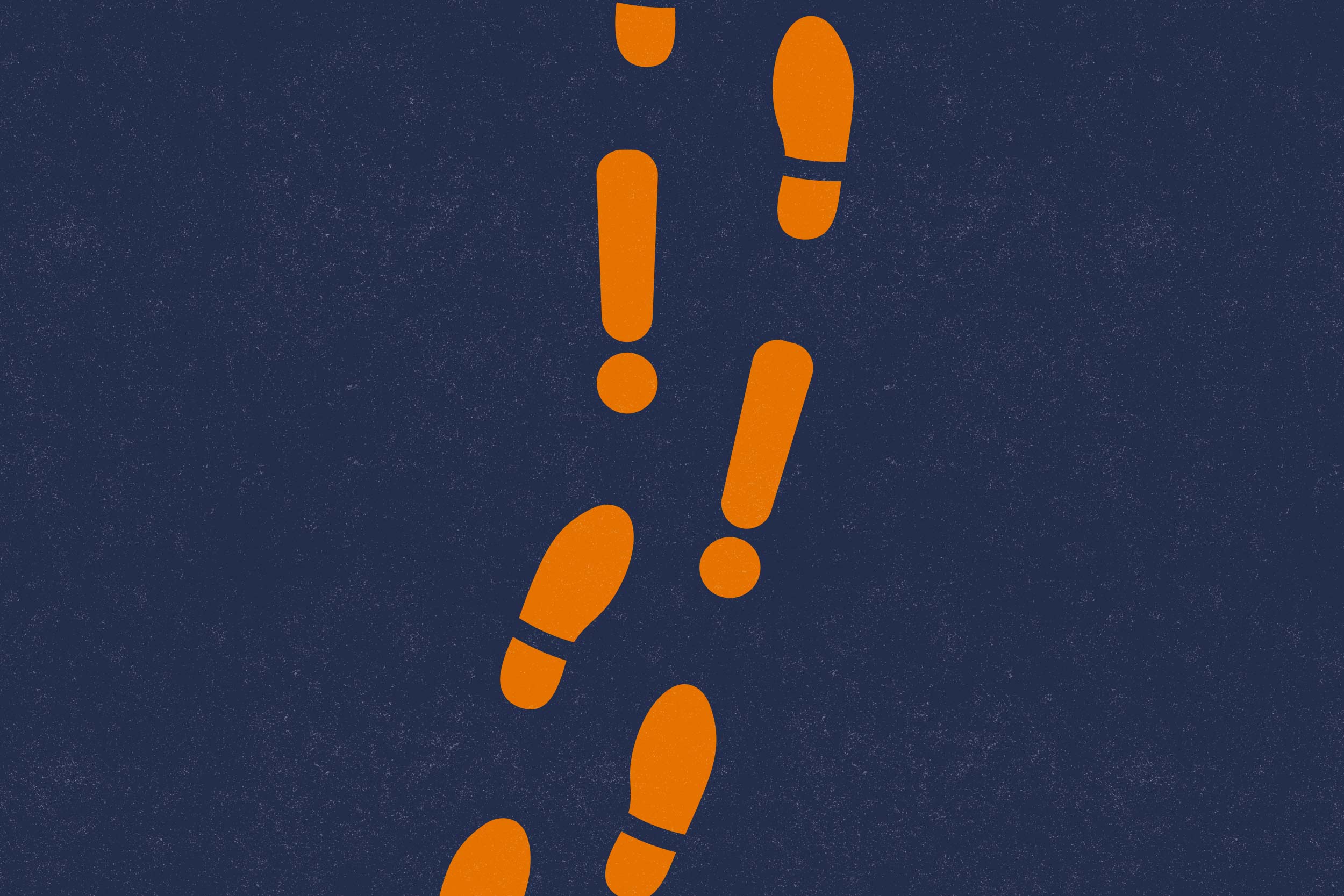Your feet do more than get you from place to place – they’re key to your overall health.
Foot pain, injuries or conditions that limit your mobility can increase your risk for serious issues like obesity, diabetes and heart disease. “Happy feet, healthy life,” says nurse practitioner and University of Virginia School of Nursing clinical instructor Ginger Pettengill Freese, who answered foot-care questions about everything from fish pedicures to ingrown toenails and why not to wear socks to bed.

University of Virginia School of Nursing clinical instructor and nurse practitioner Ginger Pettengill Freese says, “Happy feet, healthy life,” to highlight the connection between foot health and overall well-being. (Contributed photo)
Q. Is it safe to get a pedicure?
A. Pedicures can be a great way to feel pampered. If you do go for a pedicure, make sure you’re going to a licensed facility where you can observe sanitizing processes, such as making sure they’re draining the water out of the foot baths, washing them out well and always using sterilized tools.
People with cardiovascular disease, diabetes or neuropathies should avoid pedicures because they might not feel a sore and therefore have a higher risk of infection. Anyone with diabetes should check their feet daily for any signs of injury or infection.
There’s a “fish pedicure” that involves putting your feet in a tub full of Garra ruffa fish that eat dead calluses off the feet using their suction cup mouths. It can be dangerous and create injuries. Fish pedicures are legal and offered across Virginia. You cannot sanitize a tub full of fish; you put yourself at a high risk of infection because the fish may create puncture areas that are easy sites for bacteria or fungus to enter.
Q. Should we shave off or sand down foot calluses?
A. A callus is like armor for your skin. They are helpful, which is why I wouldn’t ever recommend shaving calluses off. It’s OK to soak a callus to help soften it or partially remove it. You can use Epsom salts and warm water for a 20-minute soak, followed by a gentle scrape with a pumice stone, but you don’t want to get rid of a callus entirely. By shaving or forceful removal, you have the potential to open wounds and create sites for infection.
You can prevent calluses by wearing properly fitting shoes and regularly applying a good moisturizing cream. Washing your feet daily is important, especially in the summer.
Q. Should we wear socks to bed?
A. Wear moisture-wicking or cotton socks during the day. Having good socks can help our feet from becoming too sweaty and moist, and a breeding ground for fungus. I don’t recommend that people wear socks to bed, though. Feet should have a chance to breathe.
Q. Is it bad if you don’t treat toe fungus?
A. If you get burning, scaly areas, especially between the toes and feet, it’s likely a fungus that we call athlete’s foot. You don’t have to be an athlete to get athlete’s foot. Fungus likes moist environments, and sweaty feet, shoes and socks are a great environment for those things to grow. We can easily pick up the fungus just by walking across a germy floor or surface, so it’s helpful to always wear flip flops or protective shoes when walking out by the pool or in a locker room.
When the infection is on the skin, and not in the toenail, it’s a lot easier to get rid of and treat. There are some good over-the-counter creams and sprays you can use that feel really good, but it’s also probably not going to be devastating if you leave the fungus untreated forever.
Q. How do you know if the fungus is in the nails?
A. You get toenails that are yellow and brown and cracked. They might become thick. There aren’t big consequences to leaving this alone, unless it impacts your mobility. Then you’re down that path again of a less active lifestyle, which brings with it other problems.
Once the infection is in the nails, it can take several months to get rid of it. I do recommend seeing your provider if it gets in the nails. Prescription pills take about six months to rid the infection, but can be harmful to the liver. Somebody can try tea tree oil if they don’t want to take medicine or use chemical ointments. If you’ve tried over-the-counter therapies and you’re not seeing improvement, I would recommend seeing your primary care provider.
Q. What about ingrown toenails? Should we pick them out or do something else?
A. These can happen if you stub a toe badly, or do a repetitive sport, like running, where your toe hits the end of your shoe’s toe box. They usually affect the big toe. They’re also more likely after a pedicure, if your toenail edges have been rounded and cut short.










